RETRO – Where is the world heading, when the only man who can save us from a third world war, is someone who always sneaks in the shadows, and if he sees a light bulb he shoots it out, plus his most used weapon is a combat knife? The 29th of March is the 20th anniversary of this great game, and we’ve updated this almost 20-year-old retrospective to celebrate.
Seriously at this point, if this keeps going on, the programmers of anti-virus programs can just go to the fields! Because here are spams that spread through emails, that sneak into the mailbox no matter what kind of filter you use: Suzy is waiting for you, buy stocks online, and there is a PSP that is just yours. Spywares are also really annoying as they slow down your PC when reading PSPro, as they’ll just advertise online casinos that you could go to (but you won’t).
Not to mention the classic viruses, that will kill off your PC in a second. Of course, this is nothing compared to the horror that Sam Fisher had to go through to save the world. This computer virus is worse than the Black Plague from the middle ages: it can wreck the world economy, launch nuclear bombs, and even hack into the Pentagon’s machines, to leak emails between Bush and Monica Lewinsky („Sweetie do it the way you did it to Clinton”).
I, spy
Apologies for the cynical intro, which can be considered blasphemy, as this is one of the best stealth games ever made. At the same time I wanted to emphasize how great the gameplay is, yet the story is on the level of a really boring pulp fiction-tier Spy novel. Here come the bad guys from North Korea, Evil Chinese, who capture a South Korean vessel on a Japan’s territorial waters.
Meanwhile, guerilla fighters in Peru abduct an American scientist, who solved Philip Masse’s program. Who else would be sent by the USA to fix things none other than Sam Fisher, the special agent armed with the most high-tech gadgets, who is able to save the world against any threat?
In summary. Chaos Theory’s story is unbelievably cliché, and starts out boring; that is not alleviated by the CNN type cut scenes either. Honestly, I was a bit hesitant to start the game, as the first mission started with the good old night mission at the Lighthouse (which I already completed three times in the demo. So it was pointless to think that there would be a Pandora Tomorrow cinematic to uplift the quality of the storyline.
The events happen in order just as in the previous games (thanks to the virus, Fisher ends up traveling all over the world), luckily the second half of the game is more interesting, and the story becomes way more interesting. Do not expect The Bourne Identity or some other Tom Clancy novel tier storytelling, but the twists are better when compared to the previous two games. The only thing that bothered me was the CNN cut amusing scenes, and they feel like a relic of the old times. All in all, I was not awed by the cinematics, or by the dialogue, although other game’s storytelling methods such as Driv3r have raised the bar a bit.
Rusty knife
Who cares about the mediocre cut scenes, and the clichéd story, if the gameplay is so awesome? Splinter Cell: Chaos Theory has so many small and big changes that I do not even know where to begin. My personal favorite is the use of the combat knife, which is not only a new twist on the old gameplay mechanics but also adds a new different layer to the tropes of spy games. While in the old games, you could slap someone to sleep, it was not the most realistic thing to do. If we want to move fast on the levels and do not wish to interrogate everyone, then we can use our giant blade to kill the enemy personnel.
Depending on how far the enemy is we can stab, or cut someone, this also will depend on what position Fisher is in. For instance when we are sneaking from behind, then we can do a quick and silent stab to the back. If we are in front of the enemy or crouching, then we will do a stab to the stomach. If from the side, then we’ll cut the poor guy’s throat up like a professional surgeon. If we want to capture the enemy and question him, then we can still choke him afterward. Agents are not supposed to leave enemies alive unless given orders by their superiors to do otherwise. Sam is the coldest and most brutal agent in Chaos Theory.
Multitasking
Besides the knife usage in the single player, another new feature of Chaos Theory is that Sam gets a lot of different objectives. There are primary missions, which without completion we will not be able to leave the level. We also get missions that are given as secondary objectives that are like: „If you are already there Sam could you do this for us, please?”
An example would in the demo mission where we had to identify a rebel leader, and most of these missions will be just like that „find all of the items” objectives. When all of these are found, the headquarters will be euphoric about these items being found.
There were even times when the boss realized that we should get more info about certain people when playing a mission. These are usually gathered from conversations, and from certain emails, and databases. If we do not complete any of these secondary objectives, the world will not collapse, as we can still finish the levels, and even our constantly complaining boss Lambert will not comment on it (we will get a lower percentage of completion though).
Yes, it seems Ubisoft Montreal got envious of Hitman’s „stat page”, so all of our actions are marked up within the missions. This is a terrific idea, as it raises the single player’s replayability, and it is a real challenge to complete all of the missions perfectly. What is annoying here, however, is that they count the killed, stunned, and left-alone enemies rate. It was okay in Hitman, but in Splinter Cell it was not needed to add this part of the feature. Luckily these percentages have no real importance and do not unlock any items, or bonus movies, so this feature did not bother me.
Freestyle
Of course, we do not need to be limited by the ranking system, and, in fact, the game is much more open regarding what it allows you to do (compared to the previous games). Usually, we can enter an important building via multiple routes – although it is true that if we find the less dangerous route we will use that (which is usually the ventilation system), and not the most dangerous routes.
We will also have a lot of opportunities to hack different locked doors and retina scanners. If we capture someone, and with the use of our blade interrogate him, then usually he will spill the beans for some interesting information: a secret code for a door, so we do not even have to hack anything anymore.
We can still use the old trick for the retina scanners, where we just put the person’s head against the scanner, but we will also have the possibility to use a new kind of code-breaker system. I did not use the old technique as I liked the new code-breaker system more, but it does have a tendency to break the gameplay’s flow. Finally, with the help of a few PCs, we can even shut down cameras. This is great since you can no longer destroy cameras, so even if you are in the most remote village of Japan, the cameras will be bulletproof. Luckily our pistol has a jammer mode, which allows us to disrupt the cameras for a short amount of time.
The cameras then emit a static noise and will blink blueish. We can also use this against lamps. This is useful against guards that are patrolling: when we shoot out the lamps instead of disabling them, the patrols are much more likely to search for us. Speaking of lamps, and cameras, in one of the missions, the developers hid the cameras in spheres, so a lot of times I thought that I was getting alarms due to a bug. It took a few tries before I finally noticed them…
Silent or brutal?
Although Splinter Cell games are about sneaking, the developers have tried to appease those who like fast-paced action. Mostly in the first and second games, there were small sections, where we had to act fast and brutal because a lot of enemies were converging on our position. In Chaos Theory a different philosophy has been created by the developers: we get to choose how we tackle the missions, and what arsenal we use. One is better for stealth, the other is for pure offensive strategy, and the third is a mix of the two.
In my opinion, it does not matter, (who wants to play Doom in a Splinter Cell game?), yet this is the only way we get the different types of accessories (scope, shotgun parts). The SC-200 scoped version is good for long range combat while the shotgun is for close range and especially when the enemy noticed us.
It is worth to try out the shotgun since its recoil demonstrates the physics of the game (AND THE SWEET RAGDOLLS!). After this, after I tried the two new weapon types, but, to be honest, I just used whatever loadout Sargent Redding offered me before missions.
Deadly Silence
The use of night vision and infrared goggles is necessary for the missions: using the night vision goggles is still needed if it is dark, while the other needs to be used if we wish to find heat signatures, for instance, if the level is foggy. The use of the infrared goggles is simply theoretical in Chaos Theory: I did not find a reason to use it once during missions.
Staying in the dark is just as important as was in the previous games. Plus the enemy AI is more refined and reacts like a real human when he thinks he saw something in the dark. If we disturbed them from their daily routine, they will search for us, and stay near the vicinity of the noise or the movement we made. However, the noise has a more important role in Chaos Theory.
The enemy did notice us when we made a noise somewhere. However, there is now a new icon that shows the noise level. If we go above, a certain limit soldier will be more paranoid, and we can even hear soldiers talking about it „I think I heard something” „and who is it?” „ I have no fuckin Idea! That is why I’m spooked”. When we are in a noisy part of a level, we can move faster, and knife the enemy as the others will not hear us.
IQ-test: passed…
While we are talking about AI, it is worth noting that it is the best. I do not think anyone is surprised that Chaos Theory has the best AI, not just for a Splinter Cell game, but compared to all of the tactical FPS, and TPS games. The enemy will not only look for switched off lamps, or shootout lamps, but for broken bottles, switched-off computers, broken locks, and even items that are not at their place.
They will even use flares, which is a bummer if we are in front of them. Of course, we will get to know their behavior sooner or later. Unfortunately, there are a few unrealistic bugs from the old games: when using our silenced pistol, and we shootout a lamp, or an enemy, then they will always see us and shoot at us with 100% accuracy even in pitch dark. This is not just annoying but ruins the realism. Sometimes, however, they can do real things: if they feel they are in a pinch, then they’ll turn over furniture, and barricade themselves.
Visual orgy
We wrote a lot about Chaos Theory’s graphics, so we’ll just summarize in short: everything became what Ubisoft promised. The developers at ID and Valve should commit hara-kiri the way Ubisoft rendered the water for Chaos Theory! Not just simple pools of water, but waterfalls in certain Japanese levels, or in a garden where the water drips from above.
Plus we did not even mention how great the cathedral glass looks: when I saw this I almost fell off the chair. Of course, Fisher and the other NPCs have been reworked and are now more detailed. It is great seeing Fisher grab a terrorist from behind, and puts the knife to his neck to threaten a terrorist. The terrorist looks frightened, and not just a blank face and Fisher also looks threatening in these situations.
When Fisher is choking someone, the struggle is shown both on him and on the terrorist. Besides the graphical orgasm, I must mention how great the sound effects are in Chaos Theory. Every location has its distinct sound, noise, and music, plus we get to listen to the enemy soldiers chat. A bonus is that you can listen to these conversations in their native language, which is great, but if someone does not like to read subtitles should stay with the English language.
All of the sounds and noises are realistic both from machines, humans, and animals. Amon Tobin also delivered a fantastic soundtrack, and fits the atmosphere of the game, but also changes based on the events within the levels.
Friends, Party, Splinter Cell
Last year’s Pandora Tomorrow was a smash hit with the multiplayer community, as it was unthinkable to have a multiplayer mode in a stealth game. We needed something big this year also so that they would be able to go above the bar set by themselves. Of course, a better, and more complex multiplayer is provided, plus a game mode that has never been used in this genre (or in any other game). The Co-Op mode is not just a rehash of the single-player game mode with two people but instead has four unique levels with their story.
Two nameless Third Echelon agents, try to stop a terrorist boss from making a profit on the black market. The events take place parallel to the main game’s storyline: While Sam is trying to unravel the threads of the Chaos Theory, the two agents have to stop the terrorist boss. Before the Co-Op missions, we will have to fight through a tutorial mission, in which we will have to learn one new button to use, and a few new moves tied to this button. So when we see a place where two people are needed we just press the co-op button and do it.
Circus acrobats
In this game, we have the same move sets that we mentioned in the previous games, but some people can see thanks to the Co-op feature and the new moves, the entire game is a circus acrobat play. The best part about the Co-op feature is that the level design is top-notch.
In some situations, we can only move forward if our partner disables the camera with his pistol while the other player continues onward once the camera is down. While the Co-Op feature is great, four levels are not too much – let us hope we get more in the forms of DLC. The multiplayer has been refined even more, and a lot of weapons and levels will await those who will go and fight as mercs vs. spies.
The gameplay for Chaos Theory is simply brilliant, the graphics are top-notch, and the two new multiplayer modes are really fun to play. The only issue I have is that the story starts out really slowly, and the CNN cut scenes are a drag to sit through. Some of the location choices feel generic, and maybe a few other countries would have been a better choice. Still, these are just nitpicking and do not take away from the quality of Mr Fisher’s latest adventures.
-Gergely Herpai “BadSector”-(2005)
Pro:
+ Great new features
+ Combat knife
+ Sensational graphics
Against:
– Story is boring in the first Half of the game
– Some of the levels are not too good.
– Singleplayer is short
Publisher: Ubisoft
Developer: Ubisoft
Genres: stealth-action
Publication: Márc. 31. 2005
Splinter Cell: Chaos Theory
Gameplay - 9.4
Graphics (2005) - 9.6
Story - 7.2
Music/audio - 10
Ambiance - 9.2
9.1
AWESOME
The gameplay for Chaos Theory is simply brilliant, the graphics are top-notch, and the two new multiplayer modes are really fun to play. The only issues I have is that the story starts out really slowly, and the CNN cutscenes are a drag to sit through. Some of the location choices feel generic, and maybe a few other countries would have been a better choice. Still these are just nitpicks and do not take away from the quality of Mr Fisher’s latest adventures.

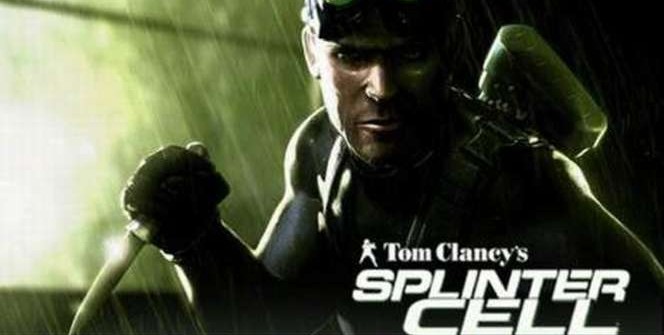
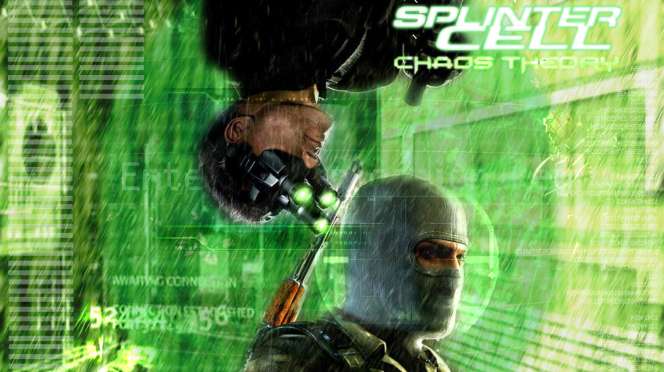

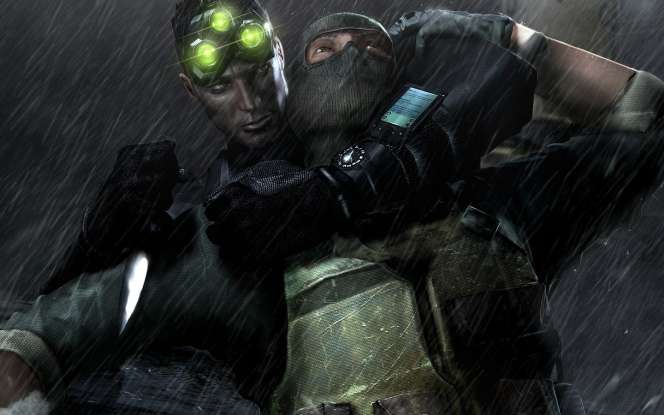
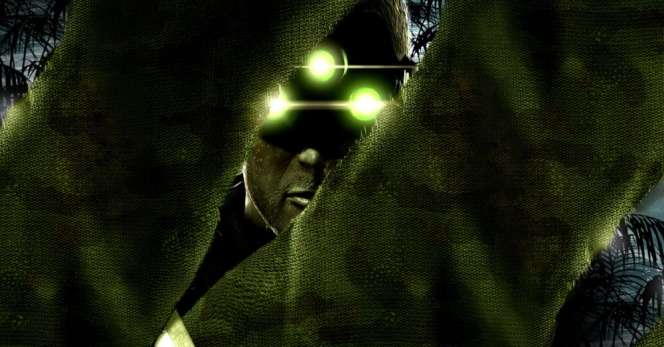

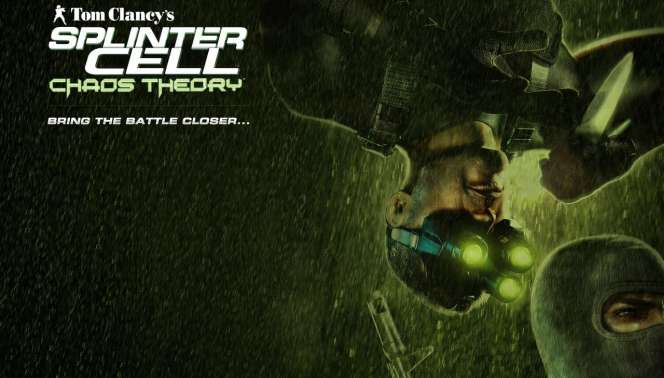
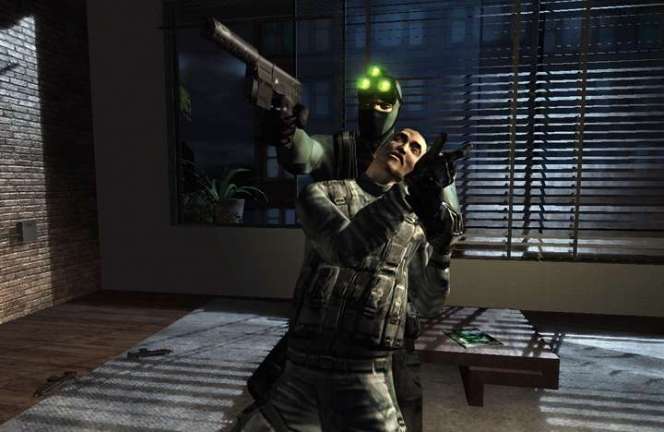




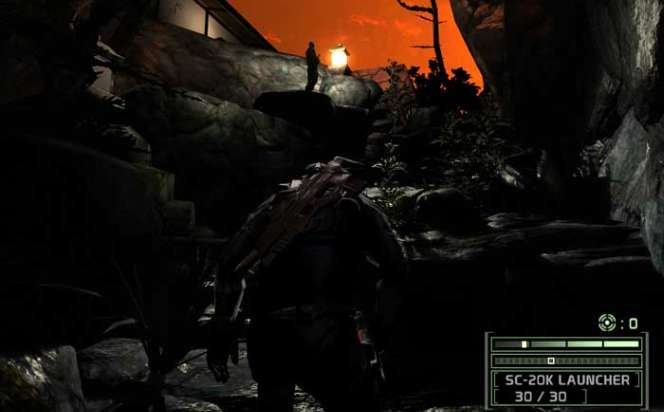

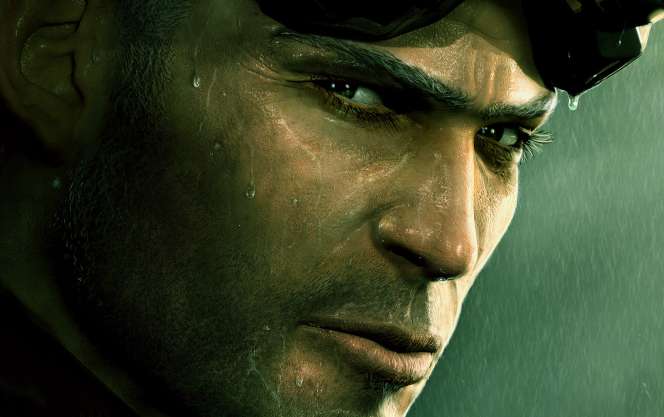



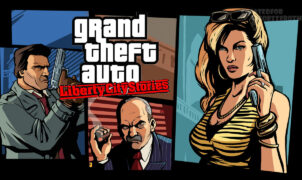

![Vampire: The Masquerade - Bloodlines – Prepare for Your Final Sunset! [RETRO-2004]](https://thegeek.games/wp-content/uploads/2025/10/theGeek-Vampire-the-Masquerade-Bloodlines-302x180.jpg)


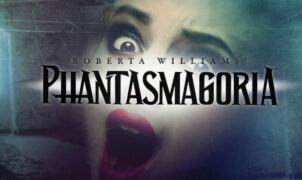
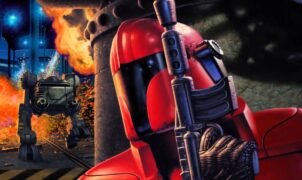


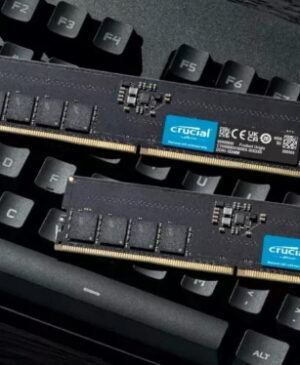



Leave a Reply